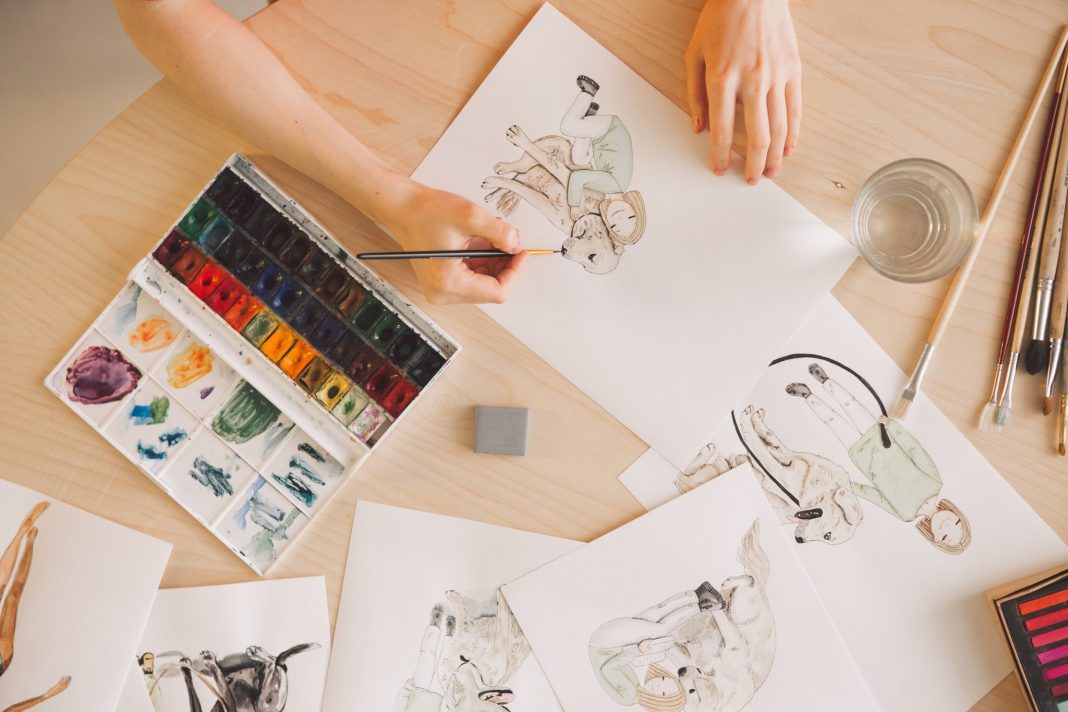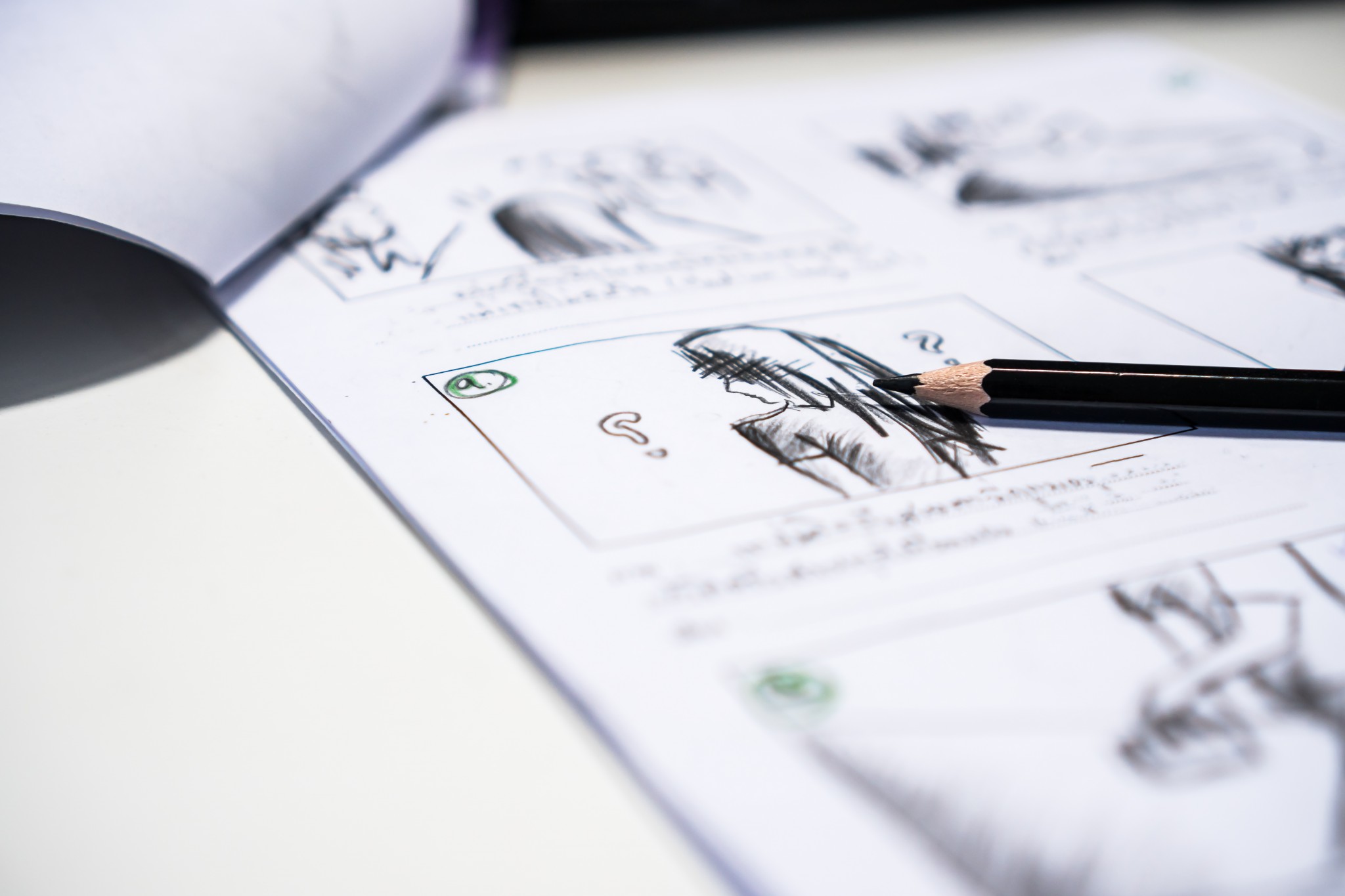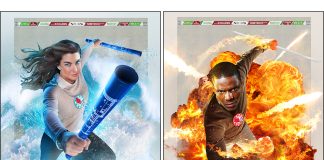14 Recommended Tools for a Professional Storyboard Artist
“What do I use to create my storyboard?” — this is one of the most common questions we will hear from up-and-coming storyboard artists, and it is a MOST important one indeed.
Suppose you were to walk into your average art supplies store. In that case, you will be met with a selection of thousands of different options and combinations of options that can achieve any desired effect — not to mention the extensive range of options in digital format.
To shed some light on this very topic, we will nerd out on all our favorite options and what makes them so great. We will provide copious advice on what works and what should be avoided and why.
Traditional Tools:
Some folks want to go all-digital, but this is not always a stand-alone solution. You will find that there will be elements of the traditional media forms in every successful digital illustration. The best place to begin is with the simple sketchbook. From there, you can go back and forth between your choices of media as you see fit.
The reason that traditional media is such a good idea is that it is so practical. This is especially important when you are suddenly struck with an important concept and need to quickly jot down the critical landmarks to reconstruct the image later. This is where a sketchbook is perfect for pocket and certainly something you will want to consider getting practice with.
Loose-leaf paper and jotted figures on napkins and receipts is another bad idea as you always run the risk of misplacing or damaging the pictures you are trying to record. With a sketchbook, everything can be carefully filed away and dated for future reference. This means that you will build a database of impactful imagery that can be reused and reapplied throughout your career as a storybook artist. You will also be able to critique your productions and improve your creative process.
We especially like Moleskine bound sketchbooks as they are flexible, resilient and can keep papers dry and in good condition for many years. Plus, they are available in any format you would like. Other people like the texture and feel of a watercolor sketchbook as it allows for a more finalized feel to your rough ideas.
Pencils:
When choosing your pencil, you have to think not only on the versatility of application but also on the fine graphite fibres’ quality and even spread. For that seamless butter-like application, we choose Prismacolor Col-Erase pencils. Still, there are those among us who have spoken in favor of the unrivaled color-variety available exclusively from Castle Art Supplies.
On a personal note, a mechanical pencil is a hard implement to replace. Always sharp! Always Ready!
Watercolor pencils add so much value to your work as they can be toyed with and transformed to the limits of your imagination. Just brush over your work with a moistened paintbrush and even draw over the transformed work — most impressive!
Pens:
The technical pen is an essential component of the illustrator’s toolbox. They are suitable for making notes, perfect for quick sketches and the right thing for opening up the imagination with inking. Copic makes an ideal selection that we have found highly reliable:
- Some options we always have on hand include:
- Copic Marker — Gasenfude Nylon Brush Pen
- Copic Multiliner — SP Black Ink Marker, 0.5 Tip
- 12-Piece Sketch Basic Set for Copic Marker
Paints:
Watercolors are another good thing to have in your arsenal of tools in the studio and when making your way from place to place. Paint stores well and can be easily woken up with a drop of water. Some paints perform this small miracle better than others. Here are some ideas we found on My Modern Met that can help you choose the best watercolors for your needs.
Here are some products we like:
- DANIEL SMITH Extra Fine Watercolor
- Liquitex Professional Gesso Surface Prep
- M. Graham 1/2-Ounce Tube 5 Color Gouache Paint Primary Set
- Liquitex 4260432 Professional Acrylic Ink
Digital Tools
There has been some heated debate over the new iPad Pro with Apple Pencil being a worthy contender for all illustrators’ reliable and stalwart champion: the Mac + Cintiq. There are various iPad Pro supporters that applaud its suitability in all locations combined with the capacity to bring sketches to full completion. Furthermore, the Wacom Cintiq offers a tablet on which you draw, and the image appears on the screen, whereas the iPad provides a more traditional experience.
Despite all this, I would still choose the Cintiq over the iPad. I have been using this for a while and have grown well-accustomed to the style.
But if you are a budding artist and not looking to make the digital leap right away. If you are still building necessary skills, I would recommend establishing a solid foundation in the traditional arts. Digital tools can provide many challenges that will only be encountered with conventional media’s solid foundational principles.
One of the biggest problems that students without this skill face is producing many impressive digital works. But reproducing them becomes difficult because they have to use too many steps to complete the process.
- Procreate is made for iPad and an excellent tool for beginners and professionals alike.
- Astropad allows you to use an iPad as another monitor.
- Photoshop and Cintiq work best on a Mac computer.
- A good Studio Printer
- New version iPad Pro
- Good quality Scanner
Don’t forget that you can buy things used as well. Most people take excellent care of their art supplies, and you can buy them at a significantly reduced cost compared to the same thing brand new. Another point is that the iPad is only expected to last about five years, but you can expect a much greater service life from the alternative.
We hope these words of wisdom have provided you with some direction as a great illustrator-to-be. Remember that the tools you use only have the equation, the other half is the nuances and subtle effects you can obtain through different tools — so look for opportunities to try new things.















